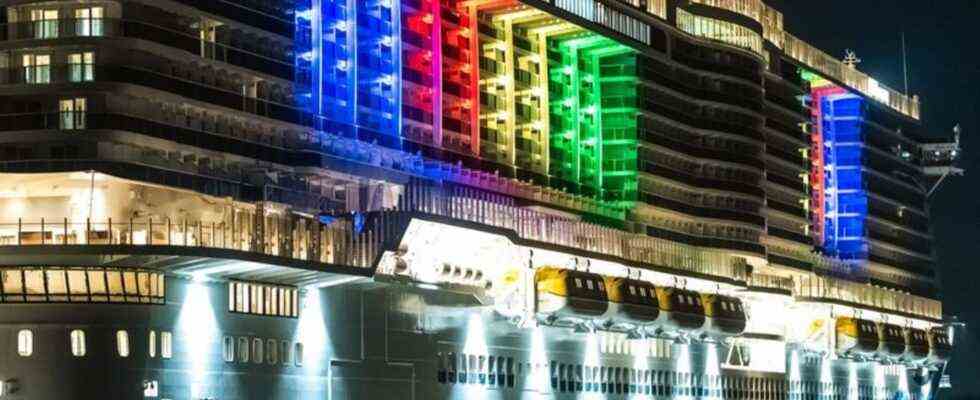environmental Protection
The cruise industry aims to become climate neutral by 2050
The cruise industry is sticking to its goal and wants to become climate neutral by 2050. Photo: Mohssen Assanimoghaddam / dpa
© dpa-infocom GmbH
Compared to container shipping, cruises only represent a fraction of ocean shipping. Nonetheless, the industry with its huge floating hotels is always particularly criticized.
According to its own account, the cruise industry is stepping up its efforts in the fight against climate change.
Despite the significant slump due to the corona pandemic, the industry has “invested heavily in new technologies around the world in order to reduce its ecological footprint,” according to the latest environmental report by the international industry association Clia. With the decommissioning of older, less efficient ships and the introduction of new ships with liquid gas propulsion, “the cruise industry remains at the forefront of efforts to protect the maritime environment”.
Clia members are committed to reducing the CO2 emissions of their global fleet by 40 percent by 2030 compared to 2008. The industry is aiming for CO2-free shipping by 2050.
The only alternative at the moment is liquefied petroleum gas
The key problem for the cruise industry – as for the entire maritime industry – is the search for climate-neutral fuels. Alternatives to fossil fuels are being discussed, for example hydrogen and ammonia, bio-fuels and so-called “e-fuels” such as methanol, the combustion of which releases CO2, but the production of which binds massive amounts of CO2, creating a neutral cycle . Because none of this is marketable on a large scale, a shipping company that orders a ship can currently only choose liquefied natural gas (LNG) as an alternative to marine diesel. After all, LNG is said to have around 15 to 25 percent lower CO2 emissions and is seen by many shipping companies as a “bridging technology”.
However, LNG-powered ships are still in the minority: Currently, 26 ships with LNG as the main propulsion system are underway, under construction or commissioned, according to the report, for which a fleet of 242 active ships and the building regulations for 62 ships are ordered were evaluated. “Once the current order backlog has been completed, it will be possible to operate 17 percent of global cruise capacities with LNG.” In addition to LNG, however, “more than three quarters of the cruise fleet are able to use other alternative fuels such as biodiesel or methanol,” reports Clia.
Shore power systems as an important building block for climate neutrality
Clia sees great progress in the use of shore power systems. Shore power is an important component on the way to climate neutrality in shipping. So far, many ocean-going ships in the port have kept their engines running in order to be supplied with electricity – with the corresponding exhaust gases and CO2 emissions. 35 percent of the global ship fleet are now equipped for the use of shore power, another 22 percent are being converted and 82 percent of the new ships are already suitable for shore power. According to Clia, there are currently only 14 ports in the world where cruise ships can be supplied with electricity from land.

